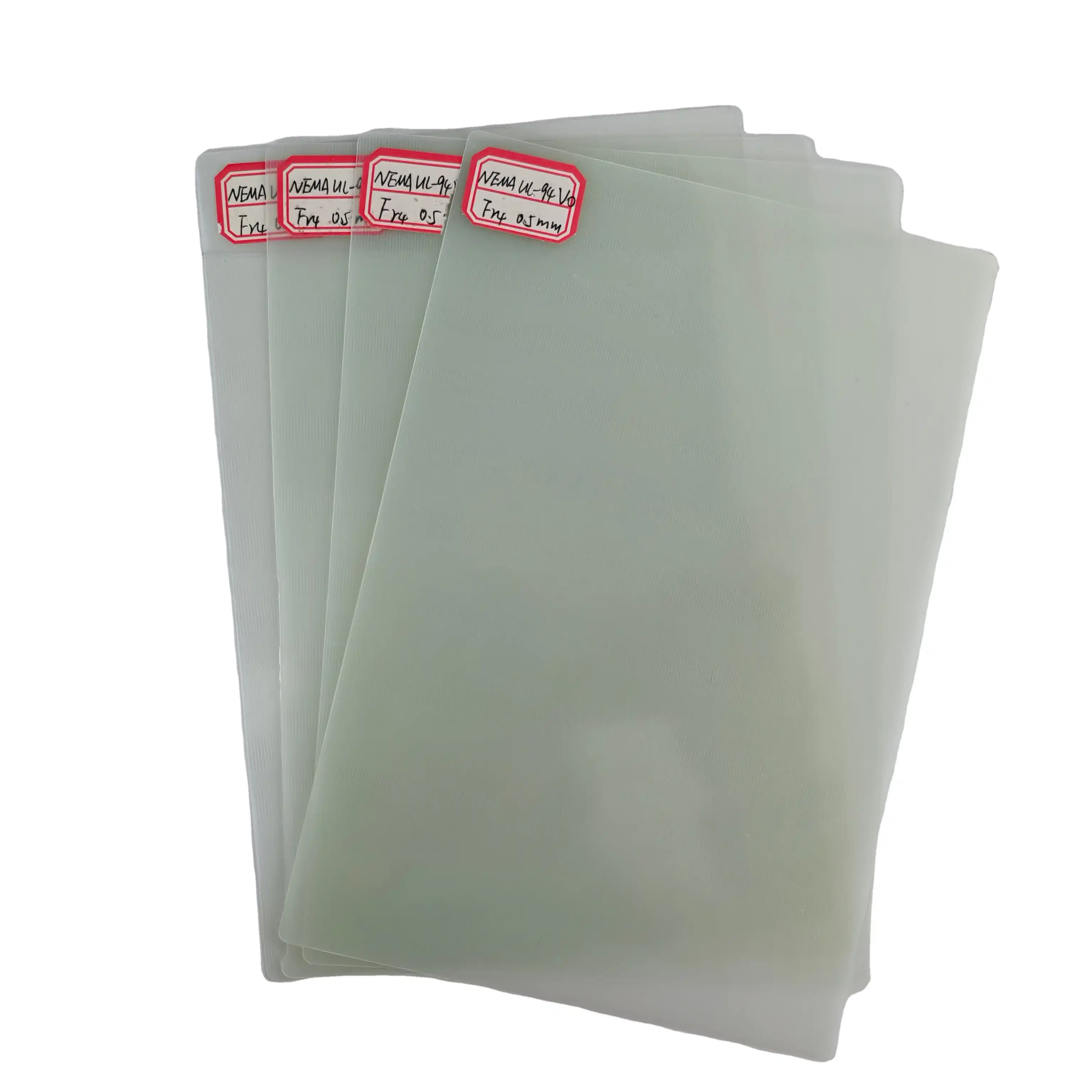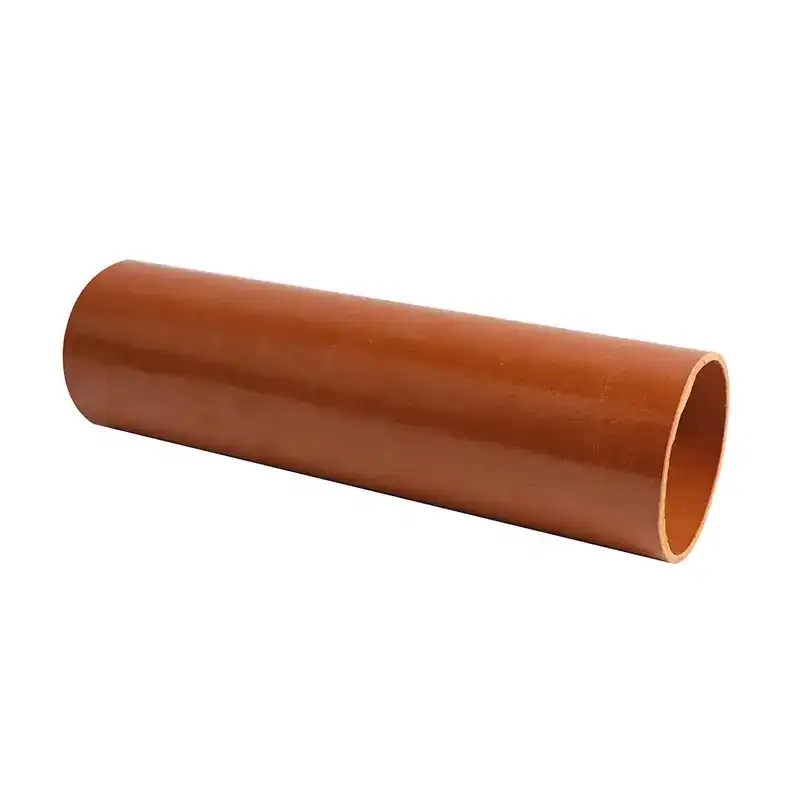The Development of FR-4
2021-08-30
When Gene Roddenberry wrote "Star Trek" in a corner of the United States, a group of engineers are studying a less dangerous project, but this project has developed breakthrough and continues to affect the terminology of the PCB industry today.
The engineer organizes National Electrical Manufacturers Association, referred to as NEMA. In the PCB industry, the representative of the association is "L1" technical specifications. "Star Trek" adds terms such as "photon fish" and "double-lithium alloy" and "curve engine" for humans, and NEMA creates G-10, FR-4 sheet and FR-5, and other terms for the PCB industry. "FR" is a referred to as "Flame retardant" material, which will be marked with red manufacturer's logo. At that time, the material used to produce PCB was only paper enhanced materials. From the early 1960s, the transition to glass enhanced PCB material, and NEMA redefined the relevant concepts in this process and became industry-specific terminology
The development of the PCB substrate will inevitably lead to changes in performance classification. NEMA is classified according to the physical properties of the basic chemical composition according to the material. For example, the industry has classified according to the glass conversion temperature (Tg), generally uses "standard" "medium" and "high" TG substrates, so many PCB designers and users believe that the TG value and the heat resistance of the substrate are directly Relationship, and they will specify "high TG" products for applications with high heat demand. I thought of the saying that Spock has said - "Inadequate facts are always very prone to hazard.
The TG value is only the phase change in the resin chemical composition, and sufficient energy (temperature) is obtained to increase the rotation degree of freedom of the polymer, so that it transforms from the glass state into a rubber state. If you continue to apply energy, the next transition is TM or a melting temperature. The thermosetting plastics has appealed unexpected. Theoretically there is TM, but the thermosetting resin is higher than the thermal decomposition temperature TD, so that the thermoset material will never reach TM, that is, before the TM is reached, the thermoset resin has been decomposed into carbon and each. Gas. TG and TD have no direct correlation.
In order to determine thermal performance, the material needs to be completely changed to consider all properties associated with the terminal application, and it means that there will be change in classification. Only the "high TG" substrate is not enough, but also specify the corresponding performance according to the application, including TG, TM, hierarchical time, z-axis thermal expansion coefficient, and thermal conductivity to fully characterize the substrate that is applied to the recipient management.
From "Star Trek", we will gradually no longer use pulse power. It is a bit incorrect. The first job after graduation in our college is in a research laboratory. At that time, the work content included a spatial pulse engine to "distortion speed." I certainly say that people continue to increase the transmission rate of signals and data. James Montgomery Scott (Scotty) has a famous saying - "I can't change physical law". As we see, what he said is right, but we can indeed explore physical law.
The PCB in the 1960s is much simpler. At that time, the reference frequency was 1 MHz, and the circuit was mainly composed of analog device, and rarely required a square waveform that the theoretical bandwidth became infinite. The past high frequency range can be divided into two bandwidth-FR-4 can be used with bandwidth and cannot be used. If you encounter the case where FR-4 cannot be used, most designers can only choose challenges - using the unique selection PTFE, but once the PTFE is used, the cost is expensive and the supply is limited.
When James T. Kirk captain met the Klindong in the simulation training of Xiaolin Pill, he met a situation that was destined to challenge, and he finally chose cheating. Today's circuit designers are really fortunate, they don't have to cheat, because the blanks between FR-4 and PTFE performance and cost have been filled by many new series of substrate materials, these materials have different performance on high frequency and high speed circuits. . A new generation of materials makes the designer to choose a substrate more flexible, not because it is necessary to meet the overall performance of the overall performance or high cost.
The FR-4 itself has a very big progress. Initially, FR-4 had only one level, and today's FR-4 covers different nature and chemical composition. Recent FR-4 materials were also divided into FR-4.0 and FR-4.1 (corresponding to brominated flame retardants and bromine-briped flame retardants), because people realized that all FR-4 materials were the same, and The effect obtained by a variant is no longer representing other variants. "Jim, this is FR-4, but the FR-4 we know!"
Despite the huge changes in the PCB industry in recent years, I hope that you will actively find and develop future material solutions like me. I hope that we will live in the journey of the do not arrive in the premature situation, prosperous.







